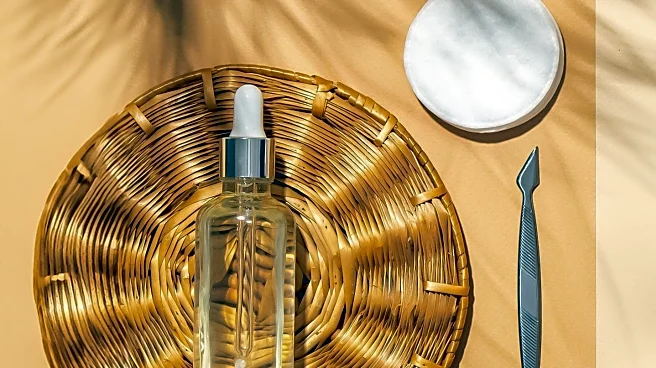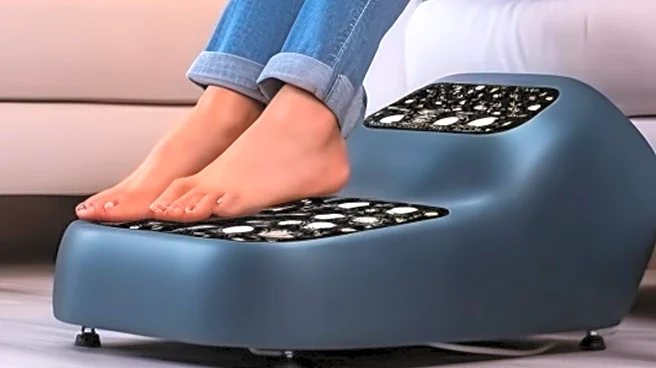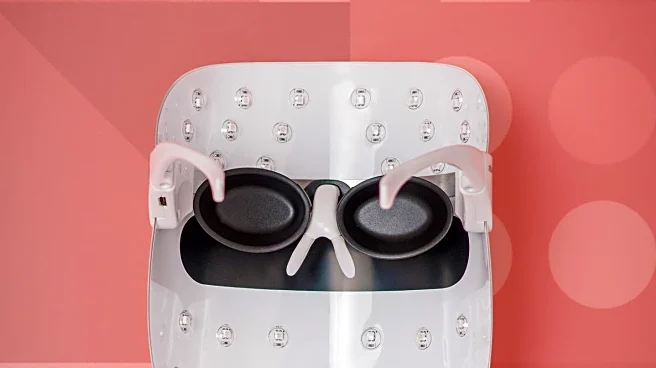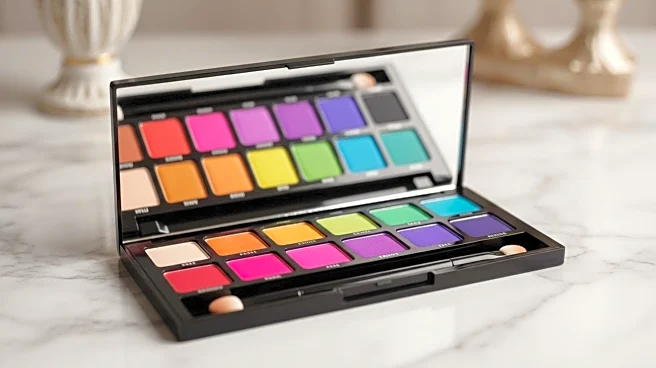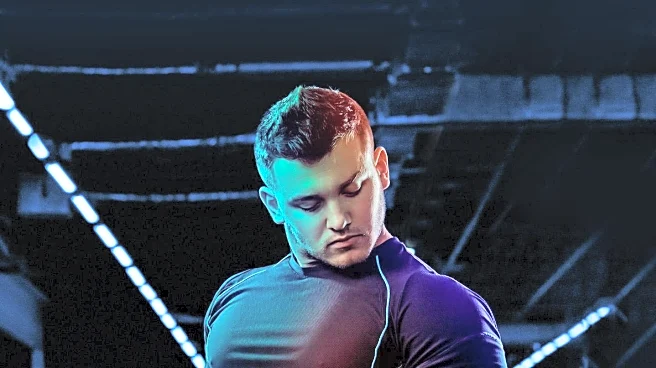What is the story about?
What's Happening?
Men's Health has published an article detailing the use of a red light hat designed to promote hair growth. The hat, which resembles a regular baseball cap, incorporates removable LED panels that emit red light. This technology is based on a 2020 study that demonstrated increased hair density and thickness in users of a similar red light helmet. The article discusses the personal experience of the author, who has tried various hair loss treatments, including Rogaine and biotech serums, with limited success. The red light hat is highlighted as a promising solution due to its scientific backing and ease of use, allowing users to incorporate it into their daily routine without significant side effects.
Why It's Important?
The discovery of effective hair loss treatments is significant for the millions of men experiencing male pattern baldness. The red light hat offers a non-invasive alternative to traditional treatments, which often come with side effects or require complex regimens. This development could impact the hair care industry by providing a new, scientifically supported option for consumers seeking to maintain or improve their hair health. Additionally, the ease of use and lack of adverse effects may encourage more individuals to address hair loss proactively, potentially boosting confidence and self-esteem.
What's Next?
Continued research and development in the field of hair growth technology are expected, with potential advancements in red light therapy and its applications. Users of the red light hat are advised to maintain consistent use to achieve and sustain results, as the therapy stimulates hair follicles rather than curing hair loss. The article suggests pairing red light therapy with other treatments, such as platelet-rich plasma injections, for enhanced results. As the technology gains popularity, further studies may explore its long-term efficacy and potential integration with other hair care products.
AI Generated Content
Do you find this article useful?


